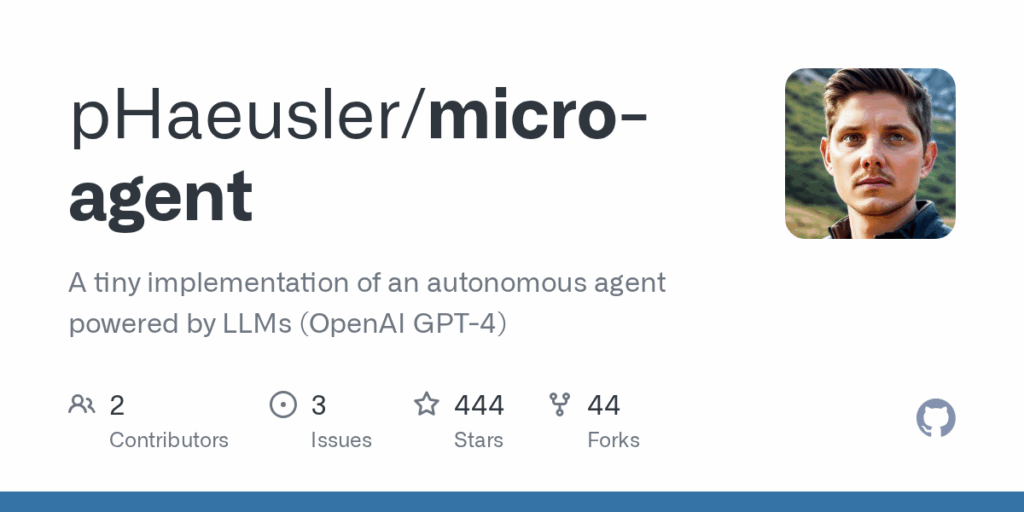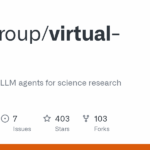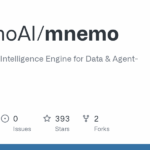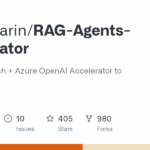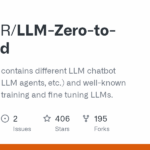micro agent
Basic Information
Micro-agent is a minimal, research-focused autonomous agent implementation that uses OpenAI GPT-4 to act as a bare-bones AI software engineer for Python projects. The repository is intended as an experimental tool to explore agent behavior and development rather than a production-ready product. Users configure an OPENAI_API_KEY and edit run.py to supply an overall purpose and target directory, then run the agent with python run.py. The agent maintains a purpose and mutable task state; it may update its task via an UPDATE-TASK action but cannot change its purpose. The project is described as a step toward AGI and is explicitly positioned for researchers and developers to experiment with agent design and iteration strategies.
Links
Stars
444
Github Repository
App Details
Features
The implementation is organized around a small state machine where each state performs actions and returns the next desired state. The main state is MAIN (run_main) which asks the LLM to pick the next state. Supported agent actions demonstrated in examples include ADD-FILE, MODIFY-FILE, TEST, and COMPLETE, enabling the agent to create and edit project files and to run or simulate tests. The agent logs observations and thoughts as it works through tasks. The README highlights inspirations from langchain and micrograd and documents concrete limitations and next-step ideas such as a file-peek state, self-reflection states, and documentation loaders. The code is Python-focused and requires the OpenAI API.
Use Cases
This repository is useful as a lightweight platform for prototyping autonomous coding agents and for studying agent workflows. It automates writing and modifying source files and can generate or add tests based on its understanding of tasks, which helps illustrate iterative development driven by a language model. Researchers can use it to observe decision making in a controlled state-machine setup and to experiment with features like task updates, self-reflection, and documentation loading. It also serves as a reference implementation to evaluate limitations such as difficulty testing complex applications, the need for better observation tools, and known weaknesses in numeric test assertions.

